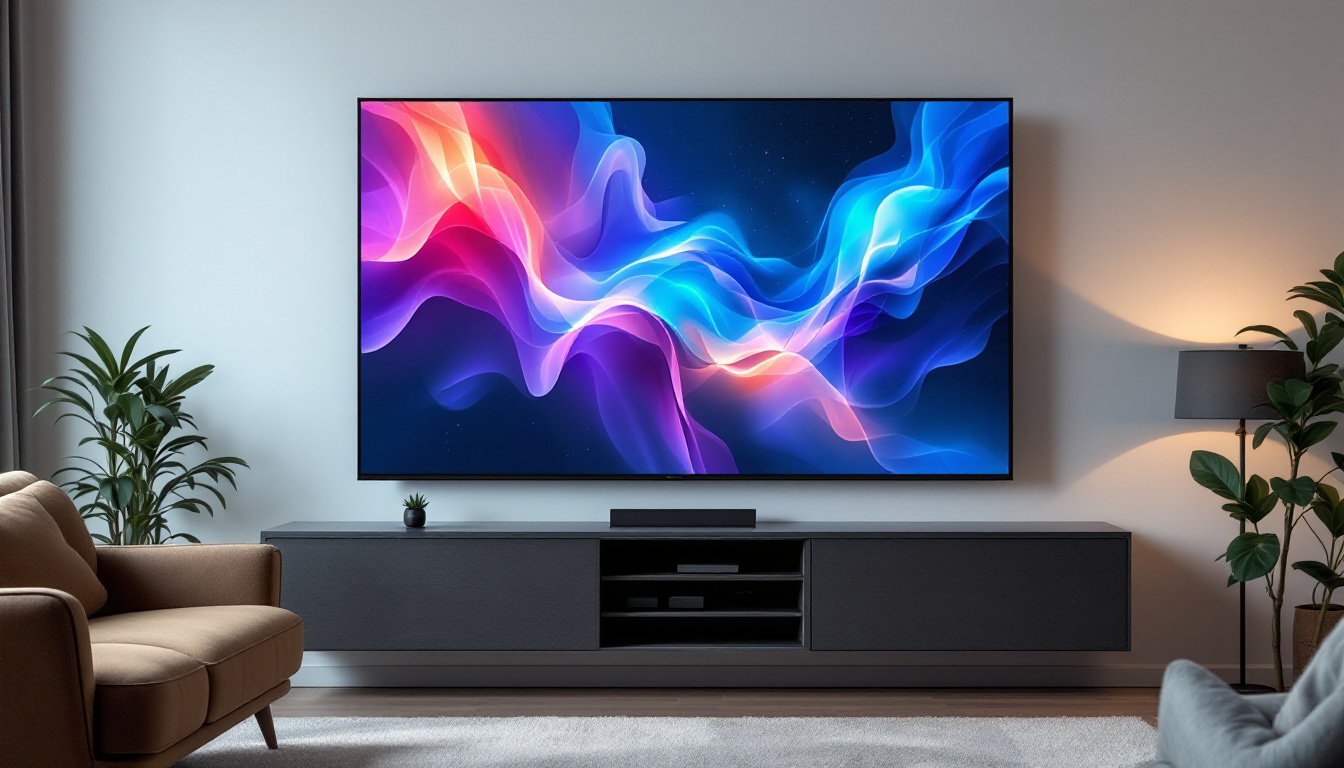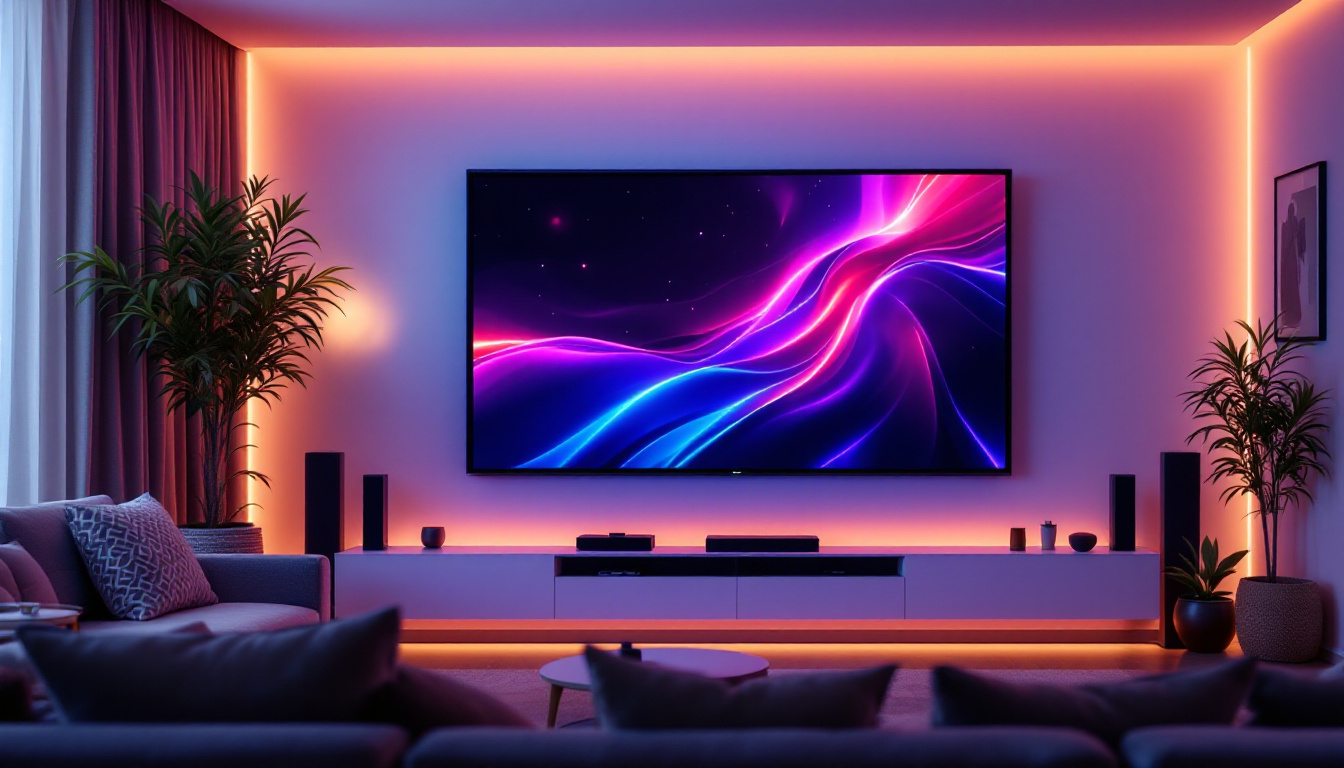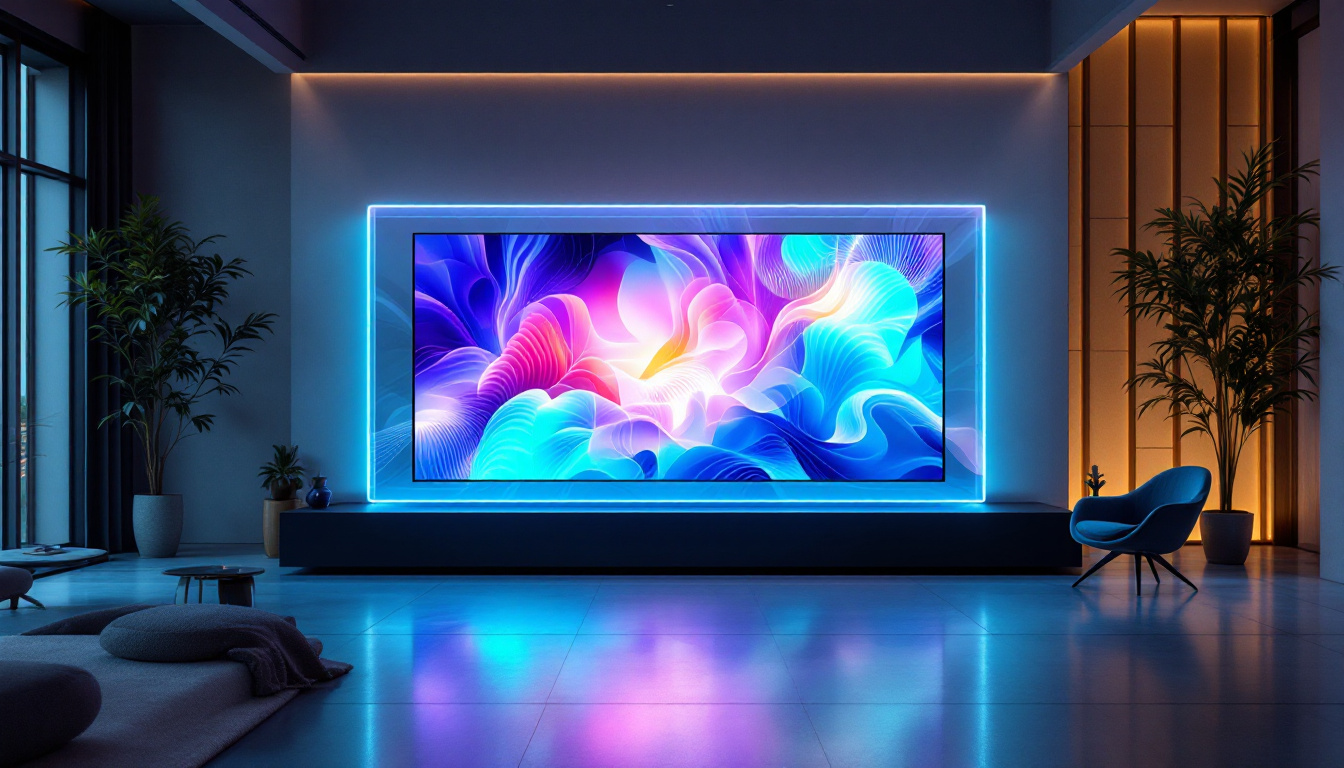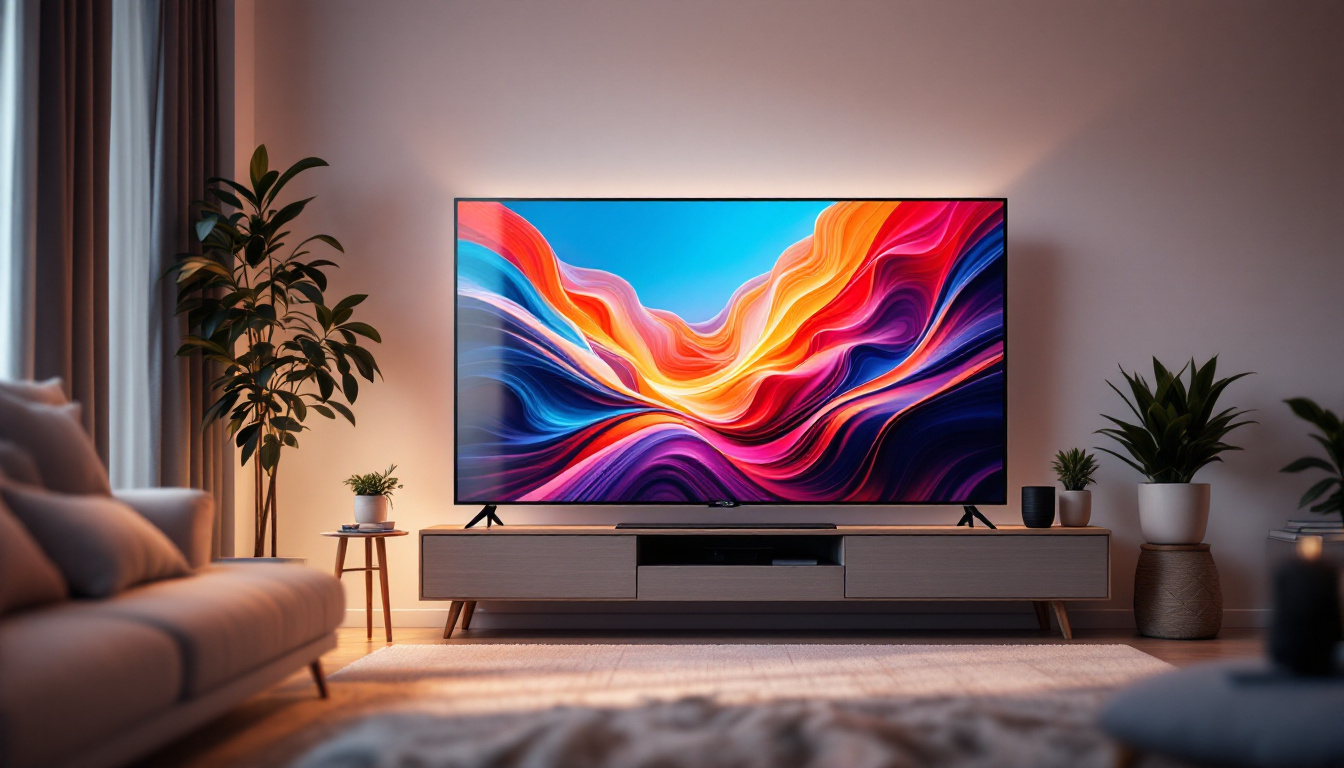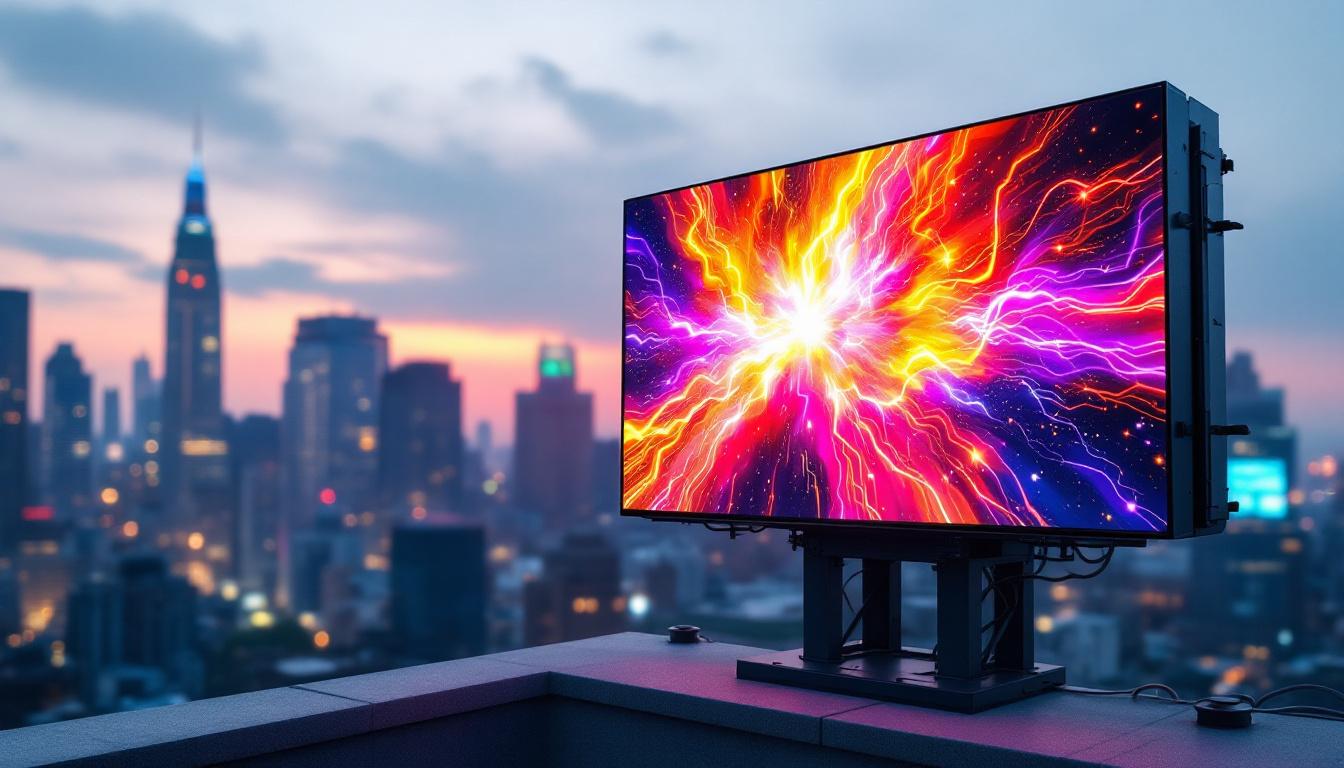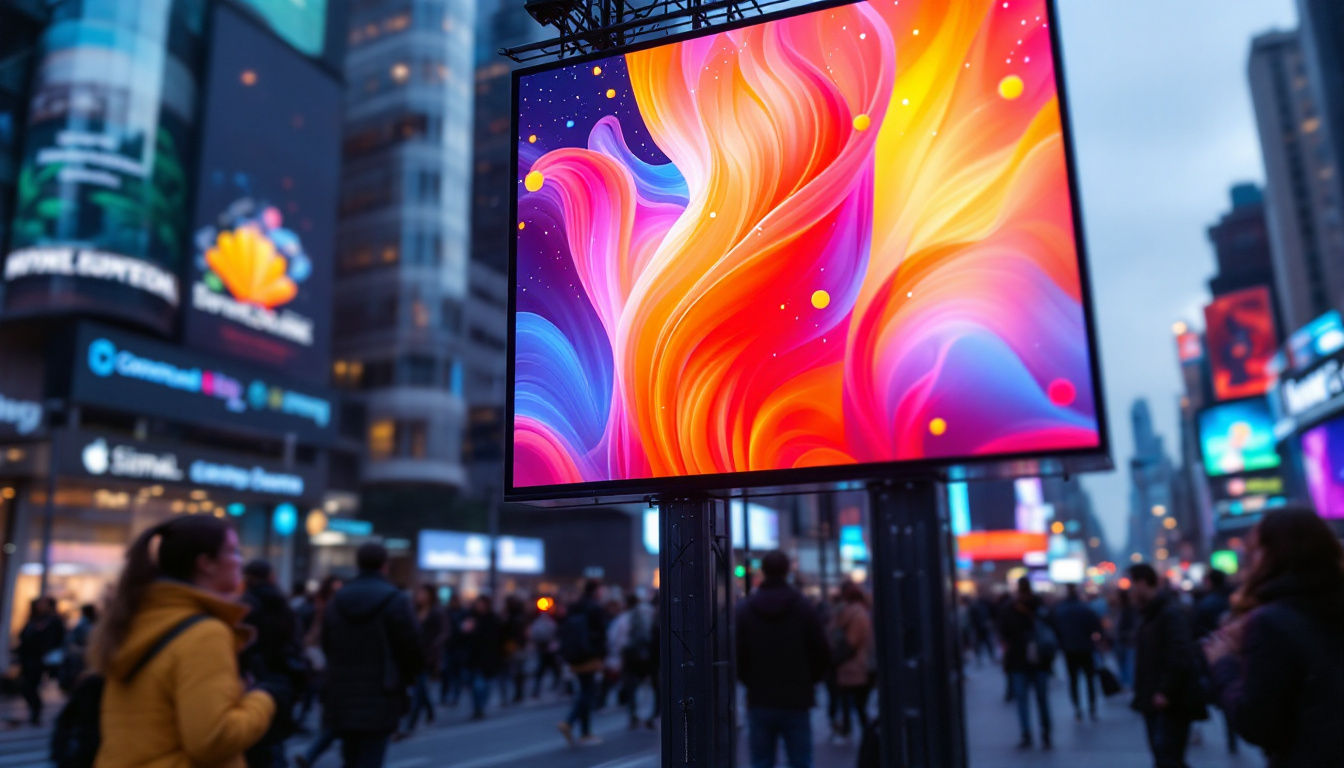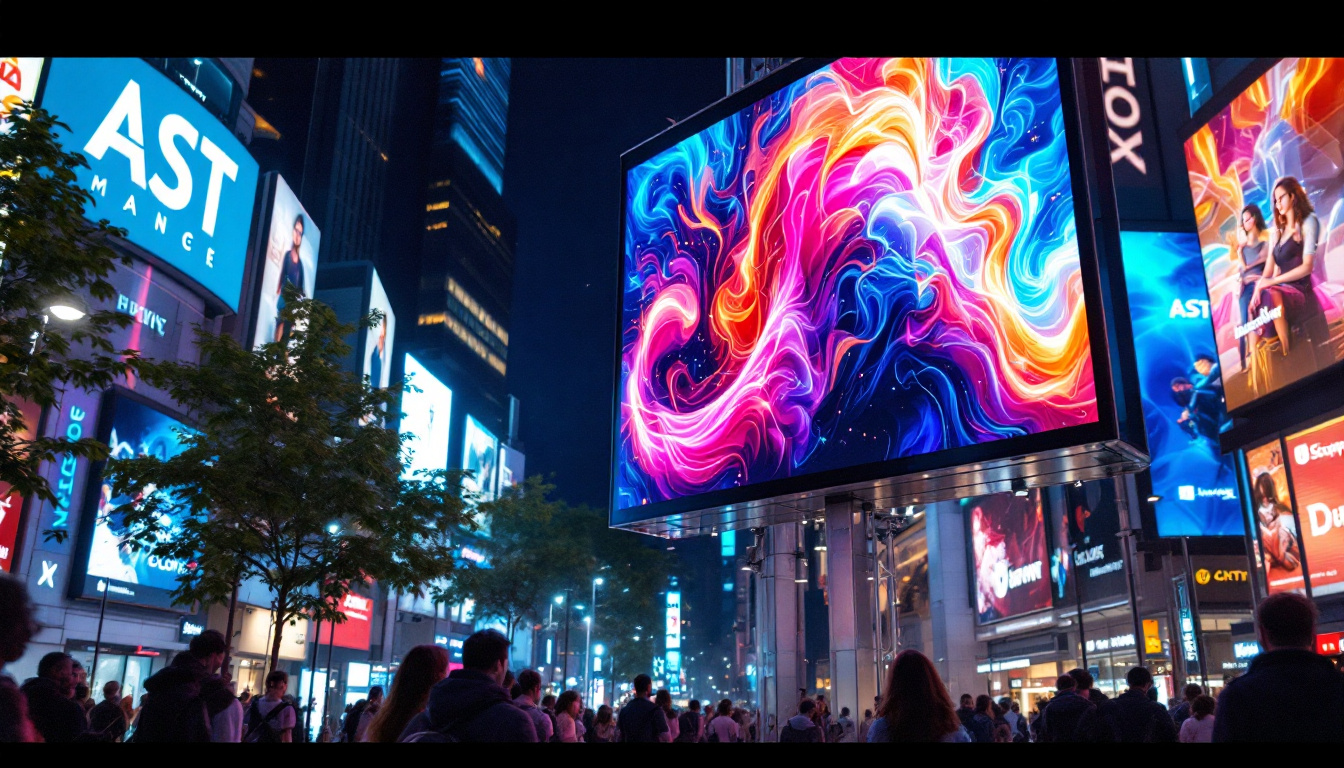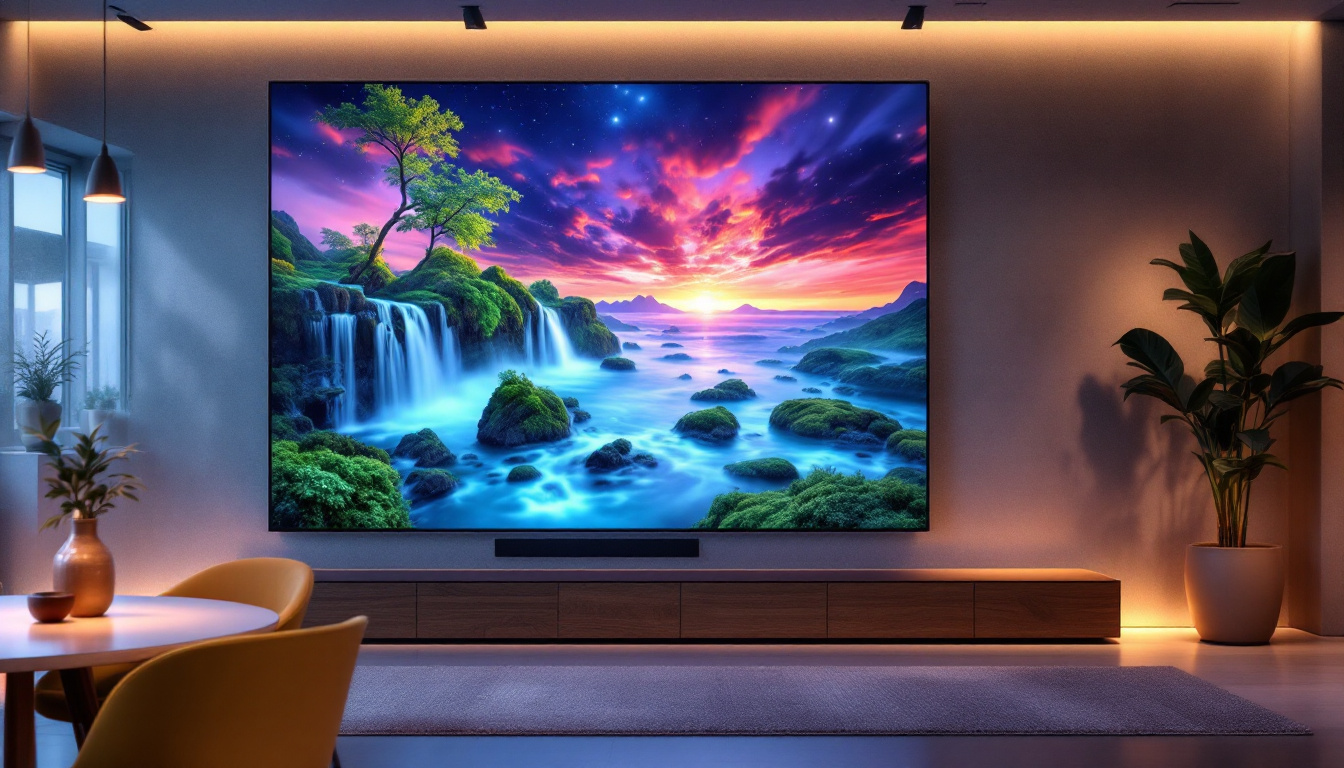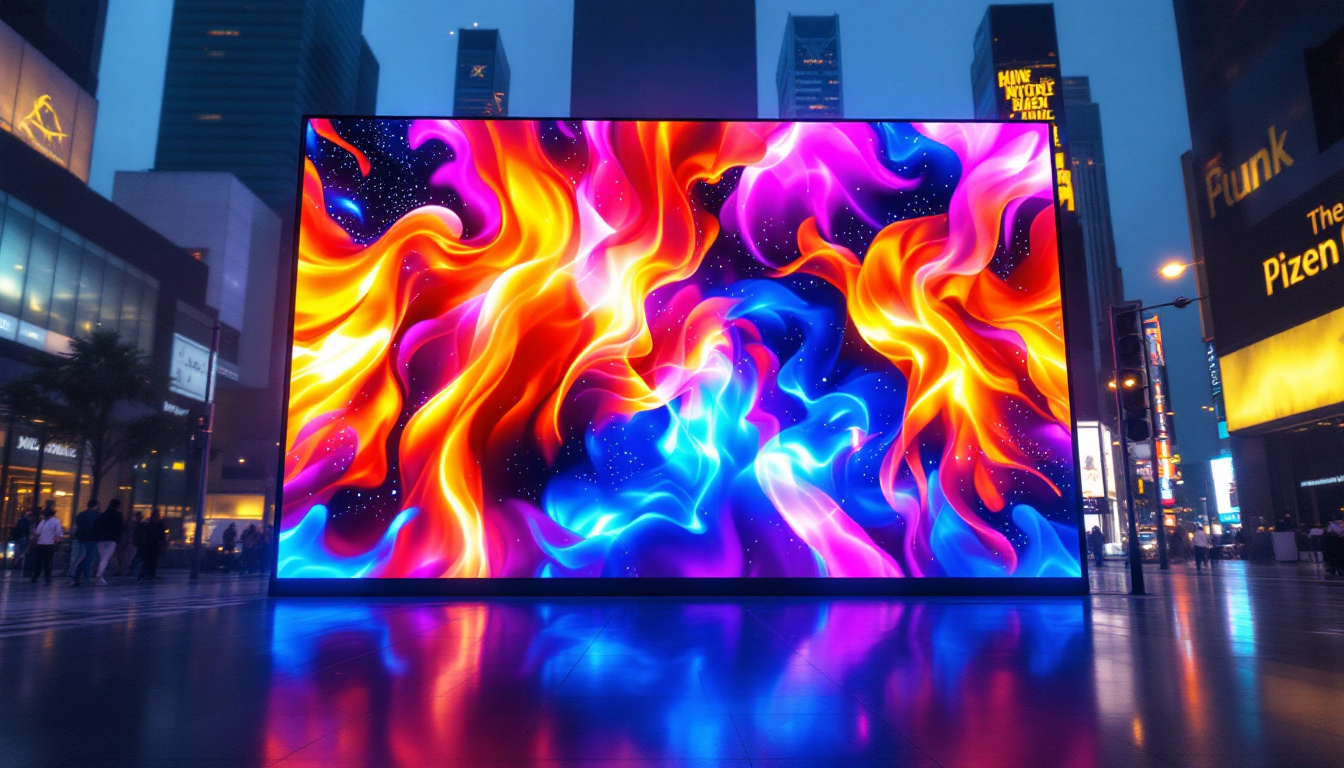Plasma TV On Sale: LED Display Explained
As technology continues to evolve, the television market has witnessed significant transformations over the years. Among the most notable advancements are the shifts from traditional CRT displays to modern LED and plasma technologies. While plasma TVs have largely fallen out of favor, they still hold a place in the hearts of many enthusiasts. This article delves into the intricacies of LED displays, comparing them with plasma technology, and exploring what makes them a popular choice today.
The Evolution of Television Technology
Television technology has come a long way since the days of black-and-white screens. The introduction of color TVs in the mid-20th century marked a significant milestone, but the real revolution began with the advent of flat-panel displays. Plasma and LCD technologies emerged in the late 1990s and early 2000s, offering thinner designs and improved picture quality.
Initially, plasma TVs were celebrated for their superior color accuracy and deeper blacks, making them a favorite for home theater enthusiasts. However, as LCD technology advanced, particularly with the introduction of LED backlighting, the landscape began to change. Today, LED displays dominate the market, offering a range of benefits that have contributed to their widespread adoption.
Understanding Plasma Technology
Plasma TVs utilize small cells filled with gas that emit ultraviolet light when electrically charged. This light then excites phosphor coatings on the screen, producing vibrant colors. One of the main advantages of plasma technology is its ability to produce true blacks, which enhances contrast ratios and overall picture quality.
However, plasma displays have their drawbacks. They are generally heavier and bulkier than their LED counterparts, and they can suffer from screen burn-in, where static images become permanently etched into the screen. Additionally, plasma TVs typically consume more energy than LED displays, which can be a concern for environmentally conscious consumers.
The Rise of LED Displays
LED displays, on the other hand, are a type of LCD screen that uses light-emitting diodes for backlighting. This technology allows for thinner panels, greater energy efficiency, and improved brightness levels. LED TVs can achieve higher peak brightness, making them suitable for well-lit environments.
Furthermore, advancements in LED technology, such as local dimming and quantum dots, have significantly improved color accuracy and contrast. These innovations have made LED displays the go-to choice for consumers seeking high-quality viewing experiences without the drawbacks associated with plasma technology.
In addition to these technical improvements, the rise of smart TVs has transformed the viewing experience altogether. Modern LED TVs often come equipped with built-in streaming services, allowing viewers to access a vast library of content without the need for additional devices. This integration of internet connectivity has not only changed how we watch television but has also led to the development of user-friendly interfaces that make navigation seamless and intuitive.
Moreover, the introduction of 4K and even 8K resolution displays has set new standards for picture clarity and detail. These ultra-high-definition televisions provide an immersive viewing experience that is particularly beneficial for large screen sizes. As content creators increasingly produce films and shows in higher resolutions, consumers are finding themselves drawn to the crisp, lifelike images that these advanced displays can deliver, further solidifying the dominance of LED technology in the marketplace.
Comparing Plasma and LED Displays
The debate between plasma and LED displays often centers around several key factors: picture quality, energy efficiency, lifespan, and price. Each technology has its strengths and weaknesses, making it essential for consumers to consider their specific needs and preferences.
Picture Quality
When it comes to picture quality, plasma TVs excel in delivering rich colors and deep blacks, which are essential for cinematic experiences. The wide viewing angles offered by plasma screens also contribute to an immersive viewing experience, as colors remain consistent even when viewed from the side.
In contrast, LED displays have made significant strides in picture quality, particularly with advancements in backlighting technology. While they may not achieve the same level of black depth as plasma screens, many high-end LED models can produce excellent contrast ratios and vibrant colors, making them suitable for a variety of content. Additionally, the introduction of technologies such as Quantum Dot and local dimming has further enhanced the color accuracy and brightness of LED displays, allowing them to compete more fiercely with plasma in terms of visual fidelity.
Energy Efficiency and Lifespan
Energy efficiency is another critical consideration for consumers. LED displays are generally more energy-efficient than plasma TVs, consuming less power during operation. This efficiency not only reduces electricity bills but also contributes to a smaller carbon footprint. Moreover, the lower heat output of LED screens means they can operate for extended periods without overheating, making them ideal for long movie marathons or gaming sessions.
In terms of lifespan, LED TVs typically outlast plasma models. While plasma screens can last around 30,000 to 60,000 hours, LED displays can often exceed 100,000 hours of use. This longevity makes LED TVs a more appealing investment for many consumers. Furthermore, the durability of LED technology means that they are less prone to burn-in issues, which can plague plasma screens if static images are displayed for too long, ensuring that your investment remains visually pristine over time.
Price Considerations
Price is a significant factor in the purchasing decision. Plasma TVs, while once considered premium products, have seen a decline in prices as manufacturers phase them out. This decline has made plasma TVs more affordable for consumers looking for budget-friendly options.
LED displays, however, offer a wider range of price points, from entry-level models to high-end options with advanced features. This variety allows consumers to choose a TV that fits their budget while still enjoying the benefits of modern technology. Additionally, the competitive market for LED TVs has led to frequent sales and promotions, making it easier for consumers to find a great deal. As technology continues to evolve, consumers can expect even more innovative features, such as smart capabilities and enhanced connectivity options, further enriching their viewing experience.
The Impact of Smart Technology
The integration of smart technology into televisions has revolutionized the way viewers consume content. Smart TVs, equipped with internet connectivity and built-in streaming apps, have become the norm in today’s market. Both plasma and LED TVs have been affected by this trend, but LED displays are more commonly found with smart features.
Smart Features in LED Displays
LED TVs often come with a range of smart features, including access to popular streaming services, voice control capabilities, and compatibility with smart home devices. These features enhance the user experience, making it easier to access a wide array of content from the comfort of home.
Moreover, manufacturers frequently update the software on smart LED TVs, ensuring that users have access to the latest apps and features. This continual improvement is a significant advantage for consumers who prioritize staying current with technology.
Plasma TVs and Smart Technology
While some plasma TVs were equipped with basic smart features, the majority of models lack the advanced capabilities found in modern LED displays. As a result, plasma TVs may feel outdated in comparison, particularly for consumers who value seamless streaming and connectivity.
As the market shifts towards smart technology, the lack of support for plasma TVs is a critical factor that potential buyers should consider. The ability to access a wide range of content and features is becoming increasingly important in today’s digital age.
Current Market Trends
The television market is constantly evolving, with new technologies and trends emerging regularly. As consumers become more informed about their options, manufacturers are adapting to meet their needs. Currently, LED displays are leading the market, while plasma TVs are becoming increasingly rare.
The Decline of Plasma TVs
As manufacturers phase out plasma technology, consumers may find it challenging to locate new plasma TVs for sale. This decline is largely due to the growing popularity of LED displays, which offer superior performance, energy efficiency, and longevity.
For those who still appreciate plasma technology, the second-hand market may provide opportunities to purchase quality used models. However, buyers should be cautious about potential issues such as screen burn-in and overall lifespan.
The Future of LED Displays
The future of LED displays appears bright, with ongoing advancements in technology. Innovations such as microLED and OLED (Organic Light Emitting Diode) are pushing the boundaries of what is possible in display technology. These advancements promise to deliver even better picture quality, energy efficiency, and design flexibility.
As consumers increasingly demand high-quality viewing experiences, manufacturers are likely to continue investing in LED technology, ensuring that it remains at the forefront of the television market.
Conclusion
In summary, while plasma TVs once dominated the market with their impressive picture quality, the rise of LED displays has reshaped the landscape of television technology. LED TVs offer a range of benefits, including energy efficiency, longevity, and smart features that enhance the viewing experience.
As consumers consider their options, it is essential to weigh the advantages and disadvantages of both technologies. For those seeking a modern, versatile, and high-performing television, LED displays are undoubtedly the preferred choice in today’s market.
Ultimately, the decision will depend on individual preferences and viewing habits. Whether one opts for the nostalgic charm of plasma or the cutting-edge capabilities of LED, understanding the differences between these technologies is key to making an informed purchase.
Discover the Future of Visual Experience with LumenMatrix
Ready to elevate your viewing experience with the latest in LED display technology? Look no further than LumenMatrix, a pioneer in crafting immersive visual solutions. From the comfort of your living room to the grandeur of outdoor advertising, our extensive range of LED display modules—including Indoor and Outdoor LED Wall Displays, Vehicle LED Displays, and innovative options like LED Sports and Floor Displays—ensures that every image stands out with unparalleled clarity and impact. Embrace the future of digital signage and join the visual revolution by exploring LumenMatrix LED Display Solutions today.



